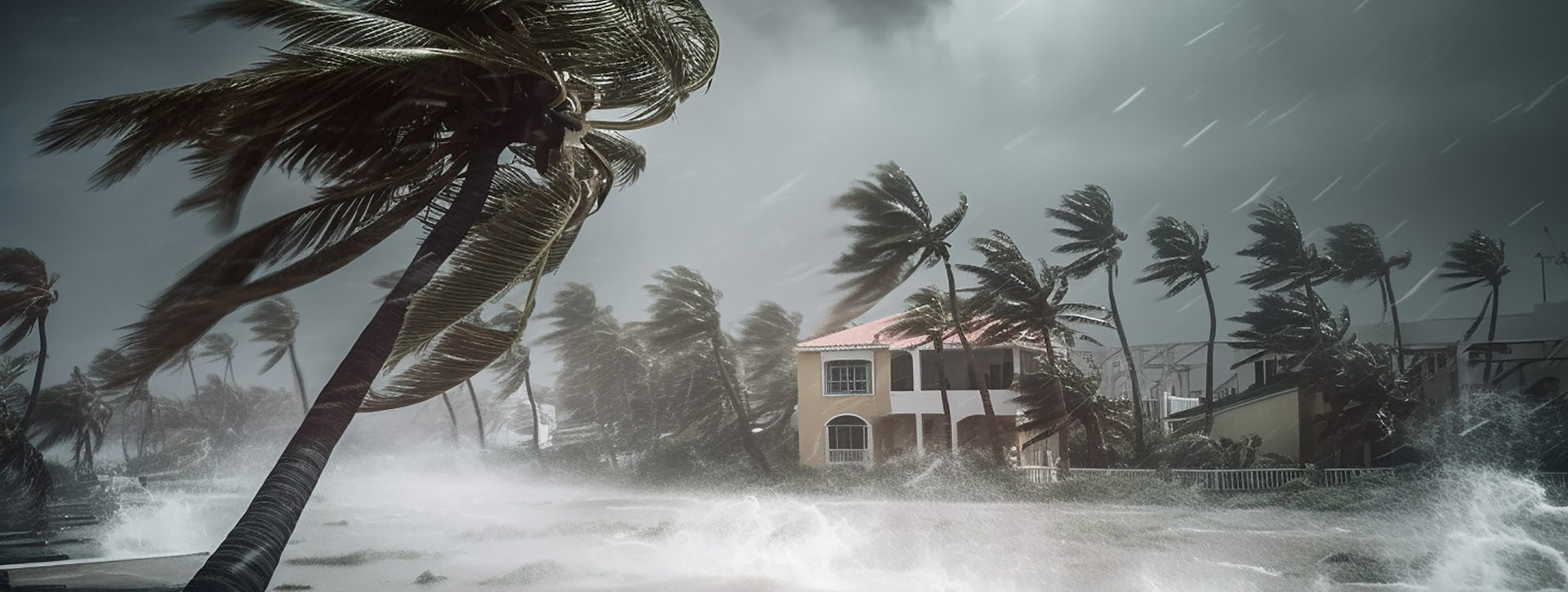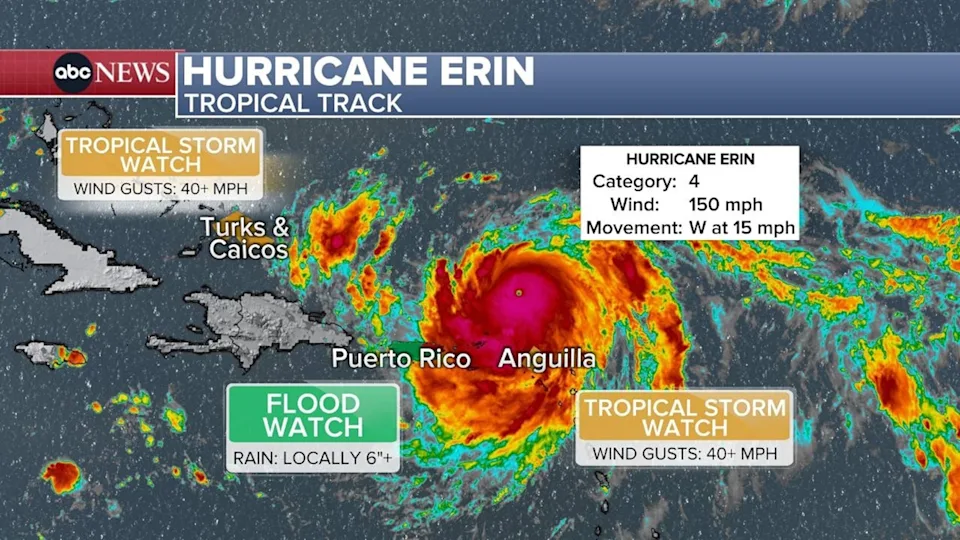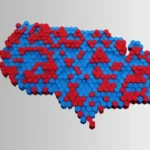Now Reading: Navigating the Storm: Your Essential Guide to Hurricane News
-
01
Navigating the Storm: Your Essential Guide to Hurricane News
Navigating the Storm: Your Essential Guide to Hurricane News

When a hurricane is forming, the flow of information can feel as powerful and chaotic as the storm itself. Keeping up with the latest hurricane news is not just about satisfying curiosity; it’s about safety, preparation, and understanding the potential impact on your community. This guide will help you understand how to find reliable information, what to look for in a forecast, and how to prepare effectively. We’ll break down the jargon, explain the science, and provide actionable steps to ensure you and your loved ones are ready for whatever the season brings.
Key Takeaways
- Stay Informed: Regularly checking reliable sources for hurricane news is critical for safety and preparation.
- Understand the Terminology: Knowing the difference between a watch and a warning, and understanding the Saffir-Simpson Scale, can save lives.
- Preparation is Key: Having a disaster kit, a family plan, and a secure home are non-negotiable steps for anyone in a hurricane-prone area.
- Technology is Your Friend: Use weather apps, alerts, and online resources to get real-time updates and track storms.
- Post-Storm Safety: The dangers do not end when the winds die down. Be aware of flooding, downed power lines, and other hazards.
Understanding Hurricane Basics
Before diving into the fast-paced world of storm tracking, it’s helpful to understand what a hurricane is. A hurricane is a type of tropical cyclone, which is a rotating, organized system of clouds and thunderstorms that originates over tropical or subtropical waters. These massive storms are categorized by the strength of their sustained winds. Understanding this basic science helps put the daily hurricane news into context, allowing you to appreciate the forces at play and the reasons behind specific warnings and preparations. It’s a powerful reminder of nature’s force, a topic often explored in environmental discussions like those on Forbes Planet.
What’s the Difference Between a Hurricane, a Typhoon, and a Cyclone?
You might hear these terms used in weather reports from around the globe. Essentially, they all describe the same weather phenomenon. The only difference is the location where the storm occurs.
- Hurricanes form in the North Atlantic, central North Pacific, and eastern North Pacific.
- Typhoons form in the Northwest Pacific.
- Cyclones form in the South Pacific and Indian Ocean.
So, when you’re following hurricane news in the United States, you’ll always be tracking a hurricane.
The Saffir-Simpson Hurricane Wind Scale
This is the scale you’ll hear mentioned constantly in hurricane news reports. It’s a 1 to 5 rating based on a hurricane’s sustained wind speed. The scale estimates potential property damage.
|
Category |
Sustained Winds (mph) |
Type of Damage |
|---|---|---|
|
1 |
74-95 |
Very dangerous winds will produce some damage: Homes could have damage to roofs, shingles, and gutters. Large branches of trees will snap. |
|
2 |
96-110 |
Extremely dangerous winds will cause extensive damage: Major roof and siding damage can occur. Many shallowly rooted trees will be snapped or uprooted. |
|
3 |
111-129 |
Devastating damage will occur: Well-built homes may incur major damage or removal of roof decking. Many trees will be snapped or uprooted. |
|
4 |
130-156 |
Catastrophic damage will occur: Well-built homes can sustain severe damage with loss of most of the roof structure and/or some exterior walls. |
|
5 |
157+ |
Catastrophic damage will occur: A high percentage of framed homes will be destroyed. Fallen trees and power poles will isolate residential areas. |
It’s crucial to remember that this scale only accounts for wind. It does not factor in other deadly hazards like storm surge, flooding, and tornadoes.
How to Track and Interpret Hurricane News

With information coming from TV, radio, and the internet, it can be overwhelming. Knowing where to look and what to listen for is vital.
Official Sources You Can Trust
When a storm is brewing, stick to official sources. Misinformation can spread quickly, leading to panic or a false sense of security. Your primary source should always be the National Hurricane Center (NHC), a division of the National Weather Service (NWS). The NHC provides all official watches, warnings, forecasts, and analyses. Your local NWS office will then provide more specific information for your immediate area. FEMA (Federal Emergency Management Agency) is another excellent resource for preparedness and post-storm support information.
Understanding Watches vs. Warnings
These two terms are not interchangeable, and knowing the difference is crucial for timely preparation.
- Hurricane Watch: This means hurricane conditions (sustained winds of 74 mph or higher) are possible within the specified area. A watch is issued 48 hours in advance of the anticipated onset of tropical-storm-force winds. This is your signal to start finalizing your storm preparations.
- Hurricane Warning: This means hurricane conditions are expected somewhere within the specified area. A warning is issued 36 hours in advance. During a warning, you should rush to complete all storm preparations and leave the area if directed to do so by local officials.
Following hurricane news updates will keep you informed on whether your area is under a watch or warning.
Decoding the “Cone of Uncertainty”
You’ve seen it on every weather map: a cone that spreads out from the storm’s current location. This is the “Cone of Uncertainty.” It’s important to understand that this cone represents the probable track of the center of the storm. It does not show the size of the storm or the areas that will experience impacts. Destructive winds, storm surge, and flooding can and often do occur well outside the cone. Don’t focus only on the center line; if you are in or near the cone, you need to be prepared.
Essential Hurricane Preparedness Steps
Once you have the right information, it’s time to act. Preparation can make all the difference in the outcome of a storm.
Create a Family Emergency Plan
Your family may not be together when a disaster strikes, so it’s important to plan in advance.
- Communication: Decide how you will contact each other. Text messages are often more reliable than voice calls during an emergency. Designate an out-of-state friend or relative as a central point of contact.
- Evacuation: Know your evacuation zone and have several routes planned. Keep your car’s gas tank at least half-full at all times during hurricane season.
- Shelter: Determine where you will go if you need to evacuate, whether it’s a friend’s house in a safer area or a public shelter.
Build Your Disaster Kit
A disaster kit is a collection of basic items your household may need in the event of an emergency. You should have enough supplies to last for at least 72 hours.
- Water: One gallon per person per day.
- Food: Non-perishable, easy-to-prepare items.
- First-aid kit: Include any personal medications.
- Flashlights and extra batteries: Do not use candles.
- Battery-powered or hand-crank radio: To listen to the latest hurricane news.
- Copies of important documents: Store them in a waterproof bag.
Securing Your Home and Property
Protecting your home is a major part of hurricane preparedness. Take steps to secure your property well before a storm watch is issued.
- Windows: Install permanent storm shutters or have plywood pre-cut to fit your windows.
- Yard: Bring in all outdoor furniture, decorations, trash cans, and anything else that is not tied down.
- Trees: Trim and remove damaged trees and limbs to keep them from blowing into your home.
After the Storm: Navigating the Aftermath
The danger isn’t over just because the wind has stopped blowing. The period after the storm can be just as hazardous.
Be Aware of Hidden Dangers
When you hear in the hurricane news that the storm has passed your area, exercise extreme caution.
- Flooding: Avoid walking or driving through floodwaters. It only takes a few inches of moving water to knock you down, and less than a foot to sweep your vehicle away.
- Downed Power Lines: Treat all fallen power lines as if they are live. Stay far away and report them to the power company.
- Structural Damage: Be careful when entering damaged buildings. Wear sturdy shoes and protective gear.
Staying Healthy Post-Hurricane
Health risks are high after a natural disaster. Cleanliness, safe food, and clean water are top priorities. Follow local health advisories about water safety. If the power is out, be mindful of food safety in your refrigerator and freezer. The global community often watches these recovery efforts, and resources like Forbes Planet sometimes cover the long-term environmental and social impacts of such events.
Frequently Asked Questions (FAQ)
Q1: When is the Atlantic hurricane season?
The Atlantic hurricane season officially runs from June 1st to November 30th each year. However, storms can and do form outside of this window.
Q2: What should I do if I’m told to evacuate?
You should leave immediately. Follow the designated evacuation routes and listen to the instructions of local officials. Delaying your departure could put you and your family in a life-threatening situation.
Q3: Can I rely solely on a mobile app for hurricane news?
While weather apps are excellent tools for real-time tracking, they should be used in conjunction with official sources like the National Hurricane Center and your local news. Always have a battery-powered radio as a backup in case you lose power and cell service.
Q4: How far in advance can we accurately predict a hurricane’s path?
Forecasts have become much more accurate, but predicting a storm’s exact track and intensity days in advance remains a challenge. The 3-day forecast is generally quite reliable, while the 5-day forecast has more uncertainty. This is why it’s crucial to follow the latest hurricane news as the storm gets closer.
Q5: What is storm surge?
Storm surge is the abnormal rise of water generated by a storm, over and above the predicted astronomical tides. This rise in water level can cause extreme flooding in coastal areas and is often the greatest threat to life and property from a hurricane.
















